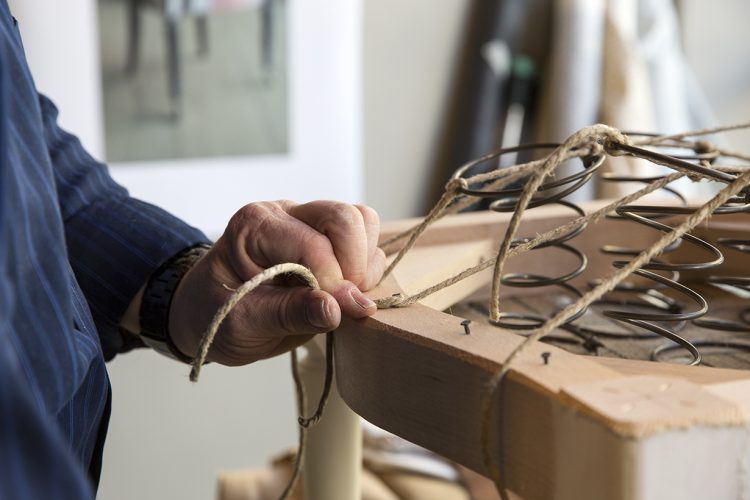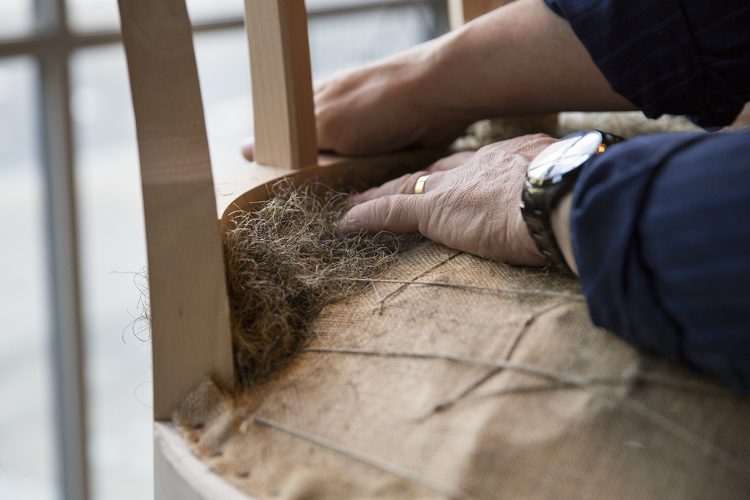












Enjoy Your Stay
© Ensemblier Ltd. 2021
Fire retardancy chemicals make up 11% of foam. Consequently, hotels rank as some of the most toxic and unsustainable environments. This is largely as a result of ‘off gassing’, and the strict criteria of Crib 5 in commercial interiors. Consistent wear and tear contributes too. If one thinks about the number of mattresses that are changed in a timeframe of 12 -18 months in any high class hotel, and add to this the constant refurbishment that they will undergo, say every 3 – 5 years, it is not difficult to believe how this industry contributes to the circa 2 million mattress (yes 2,000,000) that are disposed of each calendar year, and we are talking just in the United Kingdom. This doesn’t even consider the toxicity of headboards, sofas, carpets and their underlay, curtains, restaurant banquette seating, bar stools…and FR coatings required on the fabrics and the daily cleaning materials.
ENVIRONMENTAL IMPLICATIONS
Off Gassing
The migration of FR chemicals into the atmosphere and surrounding environment is particularly prevalent for the first 6 months of use, such that if the piece was to be tested under the fire regulations 6 months later, it would likely fail. This is the reason a new car has the smell it does, or why certain paint has the scent it does once on the wall. Over time and when in use, it is inevitable that there is release as pieces degrade, into dust particles. These particles are also more respondent and active after heat. 40º C is when they begin to release. Every time, therefore, you use a heated car seat, the heat filament is activating these compounds and discharging them into the car interior.
THE WAYS IN WHICH WE ABSORB FR CHEMICALS
Ingestion
Sitting in a newly refurbished restaurant on a banquette or on an upholstered chair, touching the surfaces with your hands and not washing them, or simply when a small child places something on a sofa, or just touches it before putting their hands in their mouth.
Inhalation
For example, a newly refurbished hotel room will have flame retardants in the mattress, pillow and duvet casing, carpet, underlay, headboard, curtains, as well as the television, and fridge. All fabrics have to be coated in order to achieve FR approval of Crib 5, even if they are over 70% natural.
Dermal Absorption
Leaning against a headboard or sleeping in a bed with a foam mattress, will do this. The FBU report has proved that the hotter and sweatier someone is, the more the skin is porous and able to absorb these chemicals.
Restaurants and bedrooms in particular should be non toxic environments. However, natural materials are 50/100 % more expensive than their synthetic counterparts. When profit is the fundamental consideration and cheaper copies are such an easy option, this simply isn’t going to happen.